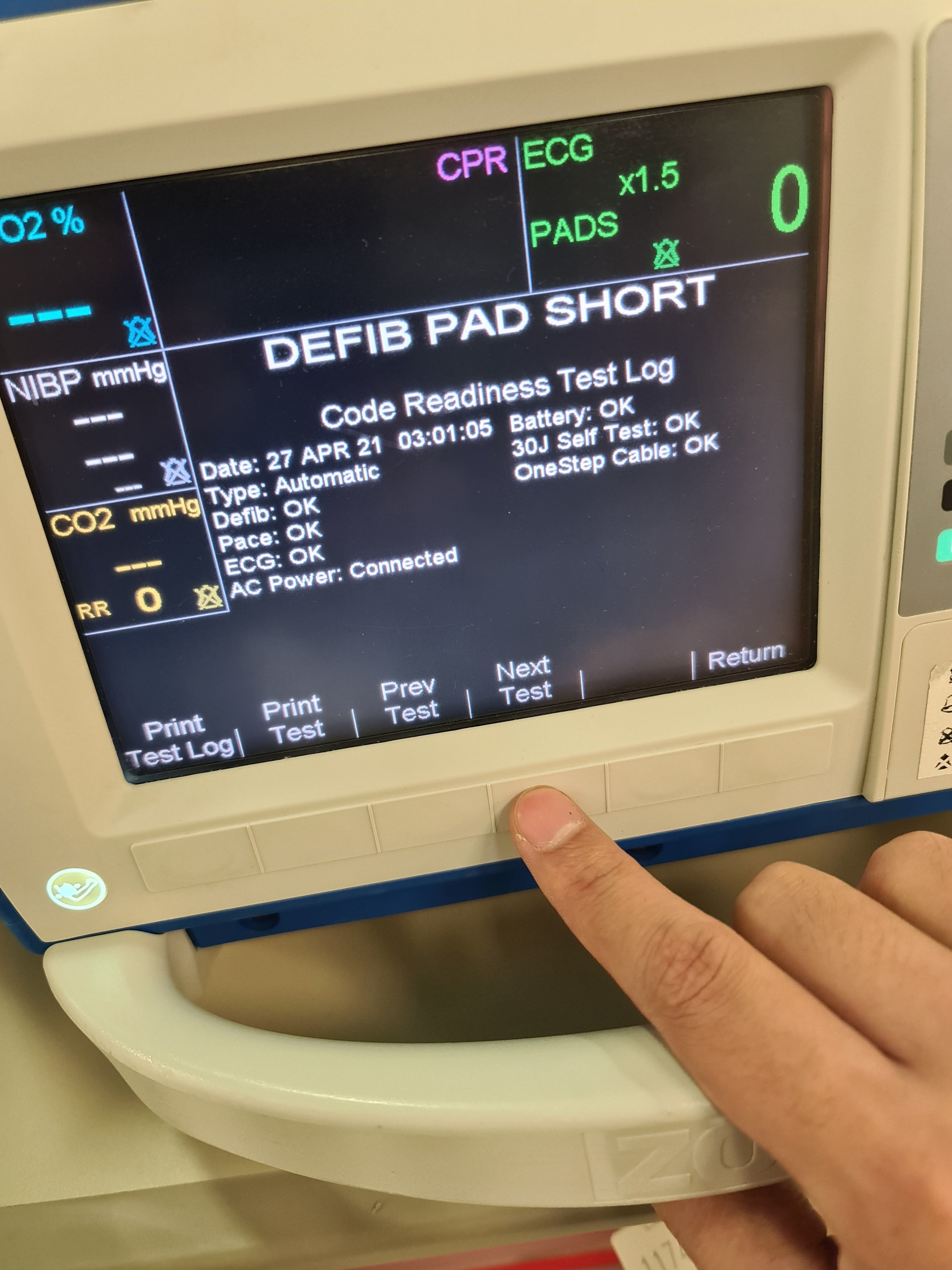
Heokbt
No personal profile
7Follow
1Followers
0Topic
0Badge
Great article, would you like to share it?
BRIEF-JPMorgan Chase & Co Initiates Long Position In H Shares Of CATL At 14.23% On May 20, HKEX Says
Great article, would you like to share it?
BRIEF-JPMorgan Chase & Co Initiates Long Position In H Shares Of CATL At 14.23% On May 20, HKEX Says
,,,,,,23÷,,,,,
BRIEF-JPMorgan Chase & Co Initiates Long Position In H Shares Of CATL At 14.23% On May 20, HKEX Says
👌
Ok
US Natural Gas Falls Below $3 for First Time Since May 2021
👌ok
Microsoft Kicks Off Tech Earnings Set to Slump Most Since 2016
Ok
Stocks Could Face Another Explosion of Volatility Friday As $4 Trillion of Options Expire in "Quadruple Witching"
Ok
Sorry, the original content has been removed
👍 ok
The U.S. CPI Report Could Deliver A Massive Shock To Markets
Can sunstain rally?
Why Did the U.S. Stock Market Move Higher?
😲 omg
Sorry, the original content has been removed
Good sharing
Sorry, the original content has been removed
Like
Sorry, the original content has been removed
Ok
Can the Fed Tame Inflation Without Further Crushing the Stock Market? What Investors Need to Know
[Cry] [Cry]
Sorry, the original content has been removed
ok
SQQQ: Don't Overstay Your Welcome
Oil n gas still need for the world in the future
Sorry, the original content has been removed
👍 ok
U.S. Stocks Cheered up in Morning Trading; Nasdaq Surged Over 1% While Dow Jones Rose Over 0.5%
Going to moon
Dow Edges Into Positive Territory As Stocks Erase Early Losses
Still holding
AMC Stock Falls 9% in Premarket Trading
Go to Tiger App to see more news